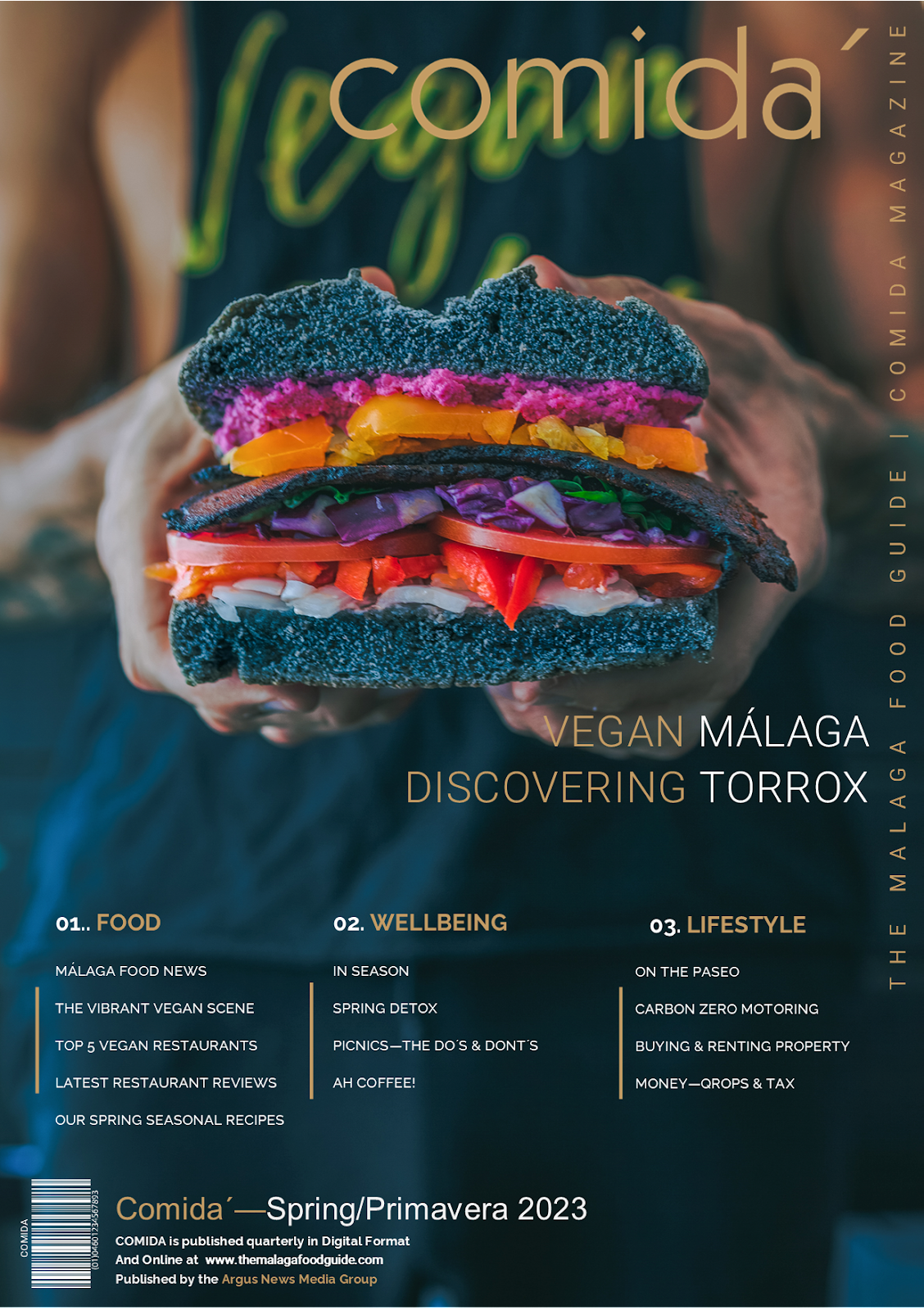Posted By: The Malaga Food Guide - Gibraltar & Málaga
The Angulas when alive, are transparent and slimy, slithering and squirming like tiny snakes. When cooked, they turn opaque and resemble limp, dead worms, except they’re white with two tiny black dots for eyes. They don’t taste of much at all, which is strange because they’re astronomically expensive, commanding up to 1,000 euros a kilo. The traditional recipe (a la Bilbaína) calls for frying garlic and hot peppers in lots of olive oil and then adding Angulas, a sure way to overpower their mild flavour.
Eels live in freshwater, but they can travel over land for long distances. At the age of about 10, they swim downstream in rivers across Europe to the Atlantic Ocean and find their way to the Sargasso Sea. They then spawn and die, and their hatch-lings drift on the Gulf Stream currents towards Europe, a journey that takes at least two years. When the Angulas finally arrive on Spain’s Atlantic shores, fisherman using scoop nets are waiting for them. The season starts in November, and the best time to catch them is in the middle of the coldest, blackest, rainiest nights when the tide is strong and the water is rough.
So it is feasible to see why the Angulas are so expensive when the harvesting process takes so long and the season is so short. Exclusivity has always played a role in gastronomy, and as always some customers are prepared to pay for this.







